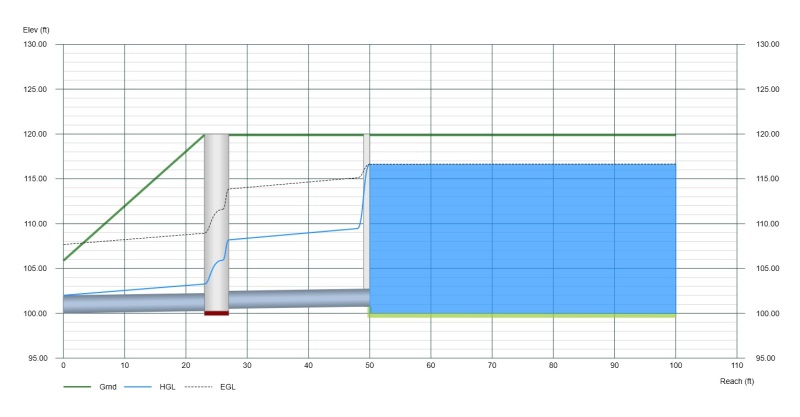SMIAH
Civil/Environmental
- Jan 26, 2009
- 482
I am reviewing a detention pond (Sketch attached).
The designer determined 2 WSE : 1 for the detention pond maximum water level and 1 for the manhole with control structure maximum water level.
Thing is, there's almost 1' between the 2 water levels.
I'm guessing intuitively that there is, between the pond and the manhole, another control(pipe).
This is increasing the volume of the pond of almost 30%.
Is this usual to your opinion? Should the control structure be closer to the pond or the pipe diameter increased to reduce this water difference and decrease the basin volume ?
The designer determined 2 WSE : 1 for the detention pond maximum water level and 1 for the manhole with control structure maximum water level.
Thing is, there's almost 1' between the 2 water levels.
I'm guessing intuitively that there is, between the pond and the manhole, another control(pipe).
This is increasing the volume of the pond of almost 30%.
Is this usual to your opinion? Should the control structure be closer to the pond or the pipe diameter increased to reduce this water difference and decrease the basin volume ?


![[neutral] [neutral] [neutral]](/data/assets/smilies/neutral.gif)
![[ponder] [ponder] [ponder]](/data/assets/smilies/ponder.gif)